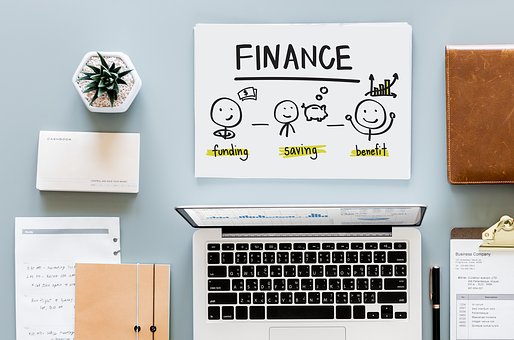Control accounts in Bookkeeping

A control account is used to check the postings’ accuracy to a particular ledger account. Self-balancing includes a control account generally kept at the front or back of the ledger and used by the accounting staff on the total balances extracted from that ledger. In addition to checking the work of the bookkeeper, this system is also used for internal audit purposes.
Control accounts are general ledger accounts that summarise a large number of transactions. As such, they are part of the double-entry system. They used to prove the accuracy of the ledger accounting system. They are mainly used concerning receivables and payables balances.
The common types of control accounts are accounts receivable and accounts payable. Accounts receivable are usually maintained when you sell goods on credit for the amount due from debtors. In the same way, the accounts payable is the amount that you owe to your suppliers. You can also use a stock control account to summarise the inventory and stock transactions.
Control accounts in Bookkeeping
Sales ledger
When you sell goods, you will raise the invoices for your records. Those invoices are entered in the sales ledger as a debit entry, and when you receive payments from the customer, you will credit the sales ledger and debit the bank account. Thereby it will show that there is no outstanding debt owed to you. If you have not received the money when you are, closing the report for that month, the balance on the sales ledger will show as a debtors control account. The balance on the debtor’s control account will add to the assets account in the balance sheet.

Purchase Ledger
When purchases made by the business receive invoices and those recorded in books called purchase ledgers, companies maintain a double-entry system unless it is a tiny business. Therefore, the debit entry entered the purchase ledger, canceling the original credit entry when the supplier received the invoice. If you have not made the payment by the end of the month, the balance on the purchase ledger will show as a credit balance on the creditor’s control accounts. That balance is added to the liabilities in the balance sheet.
The purpose of the control account is to keep the general ledger nice and clean without any details yet contain the correct balances to use in the financial statements. Many of the reports seen in the financial statements take cash, for instance, shown as the control account in the balance sheet.
